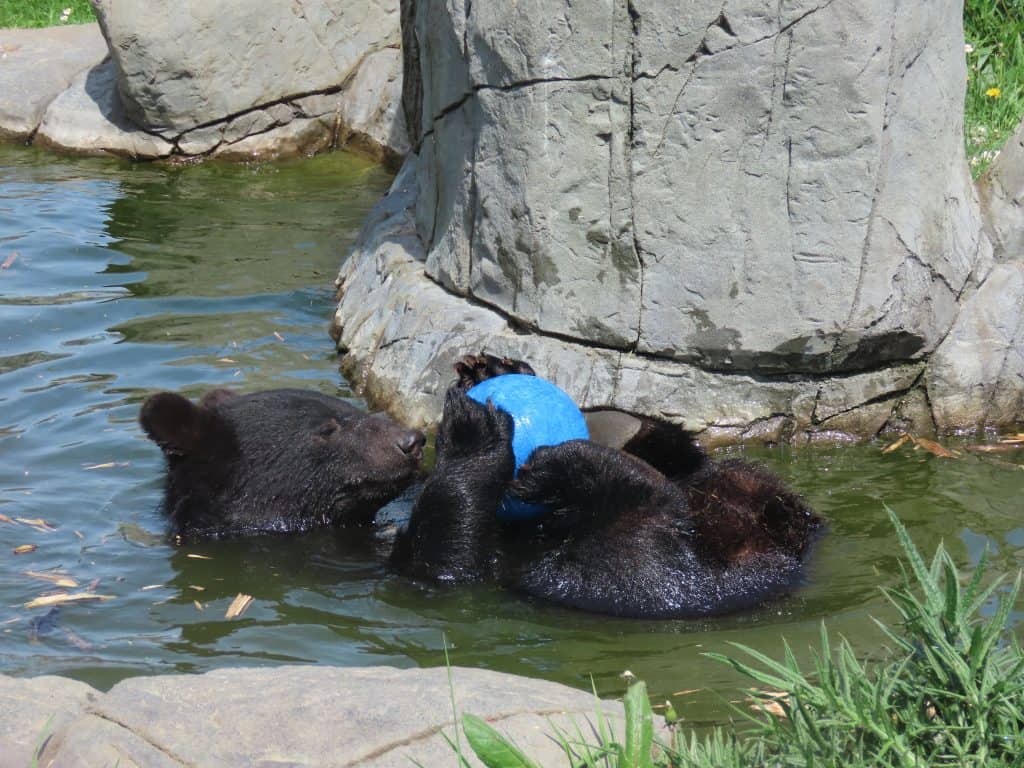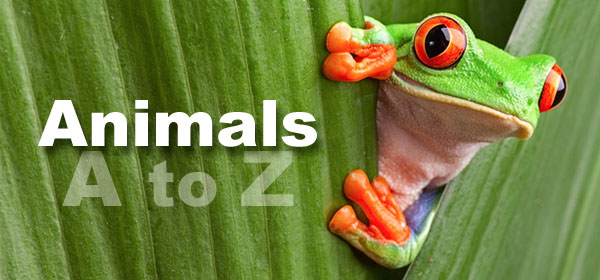World Animal Day 2022
4th October is World Animal Day. A day designated to all animals, which strives to improve welfare for all animals all around the world. As a keeper at Wingham our animal’s health and welfare is always our top priority and there are a few aspects to consider. For my blog this week I have focused on what welfare means for an animal and how we can measure it in captivity.
It is important to understand that animal health and animal welfare are two different concepts. Just because an animal is in good health doesn’t necessarily mean its welfare is high. The health of our animals is an important part of their welfare but we must also fulfil an animal’s other welfare requirements including nutrition, behaviour and environment so there are many aspects to consider when caring for our animals.
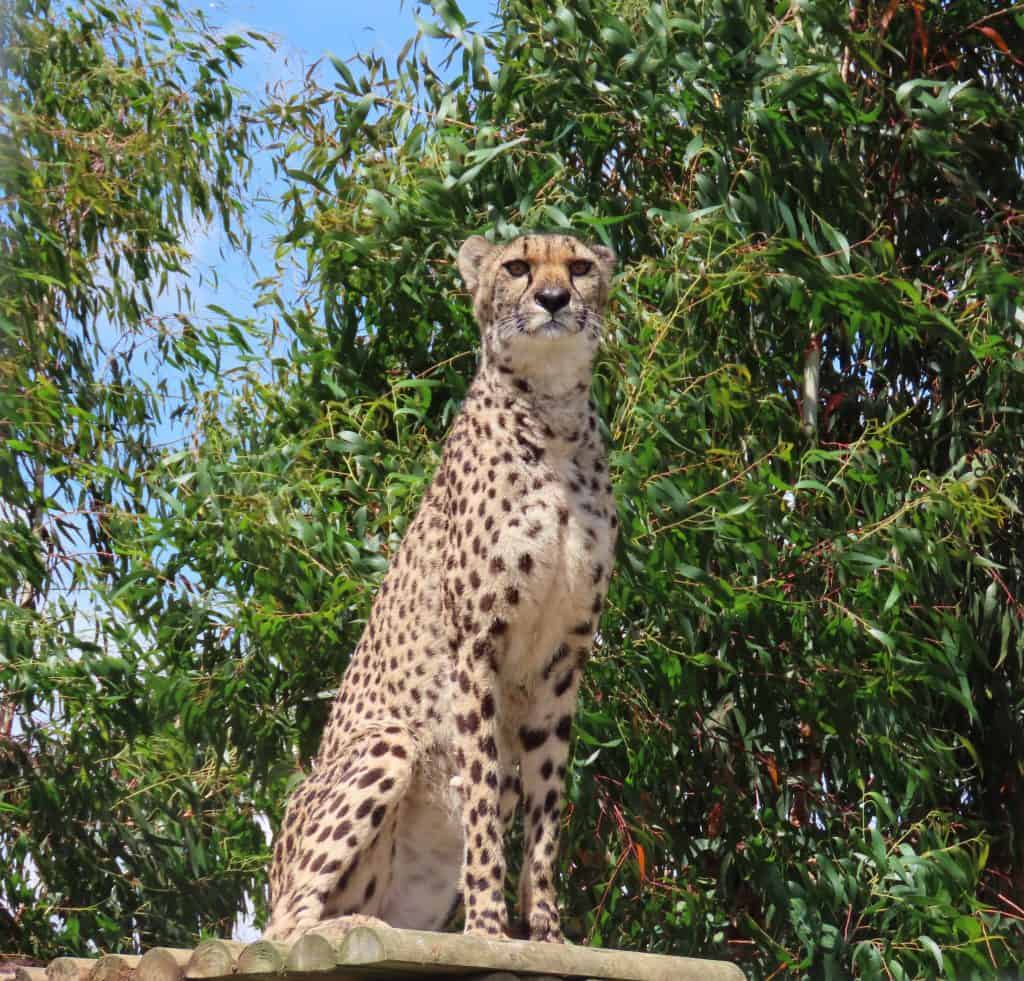
In the past, the 5 freedoms have always been the guidelines to measure welfare. These are freedom from:
- Hunger and thirst
- Discomfort
- Pain, injury and disease
- Freedom to express normal behaviour
- Fear and distress
Alternatively, you may have heard of the 5 domains which cover the same principles. These are:
- Nutrition
- Environment
- Health
- Behaviour
- Mental state.
When you compare the two, they are very similar in meaning.
Nutrition
In regard to nutrition, we look at the nutritional value within the food we are giving rather than the amount. You could feed an animal a lot of something with very little nutrients. However, it would be far better to feed a smaller amount of something nutritious which would benefit the animal and help them gain a healthier lifestyle.
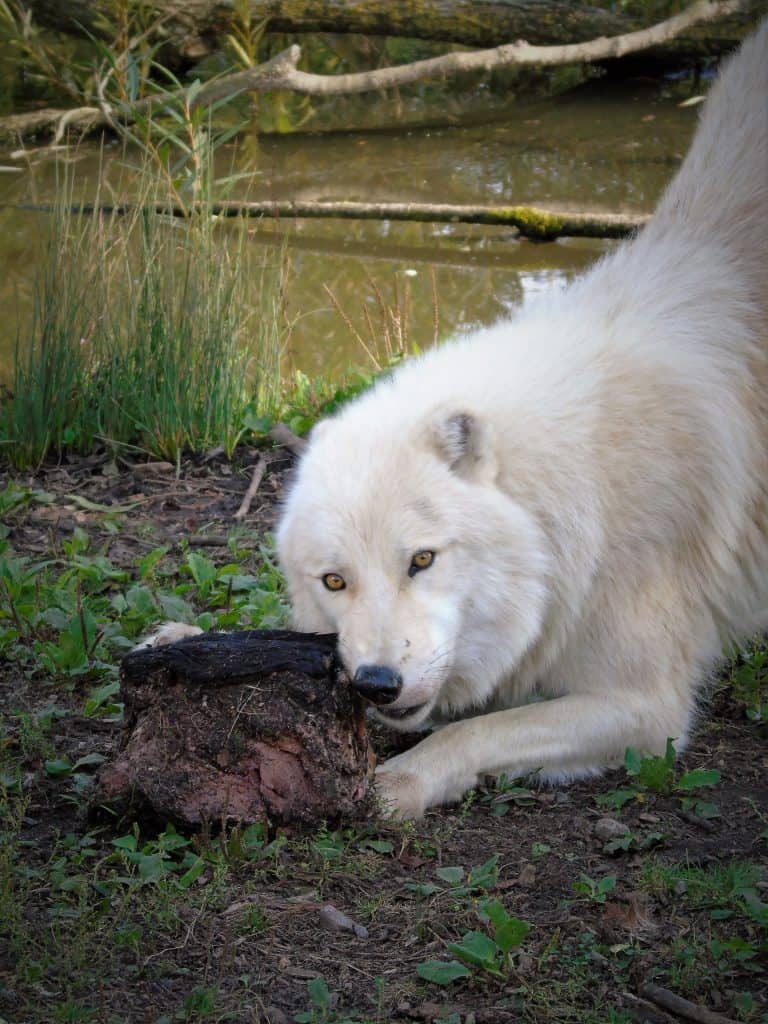
Environment
An environment is what the animal calls home and there is much more to it than just making their enclosure look naturalistic. It is about maintaining the right temperature, suitable substrate, how much space they require which all ensure the conditions are all correct to make them the most comfortable.

Health
Next, we have health which is rather self-explanatory. We look at body condition, muscle, coat and dental condition just to name a few. We do daily checks on our animals which is also included in their training which makes it much easier to identify any potential health concerns that may arise. As keepers we also work with them every single day of the year so can usually tell when they are feeling a little bit under the weather.
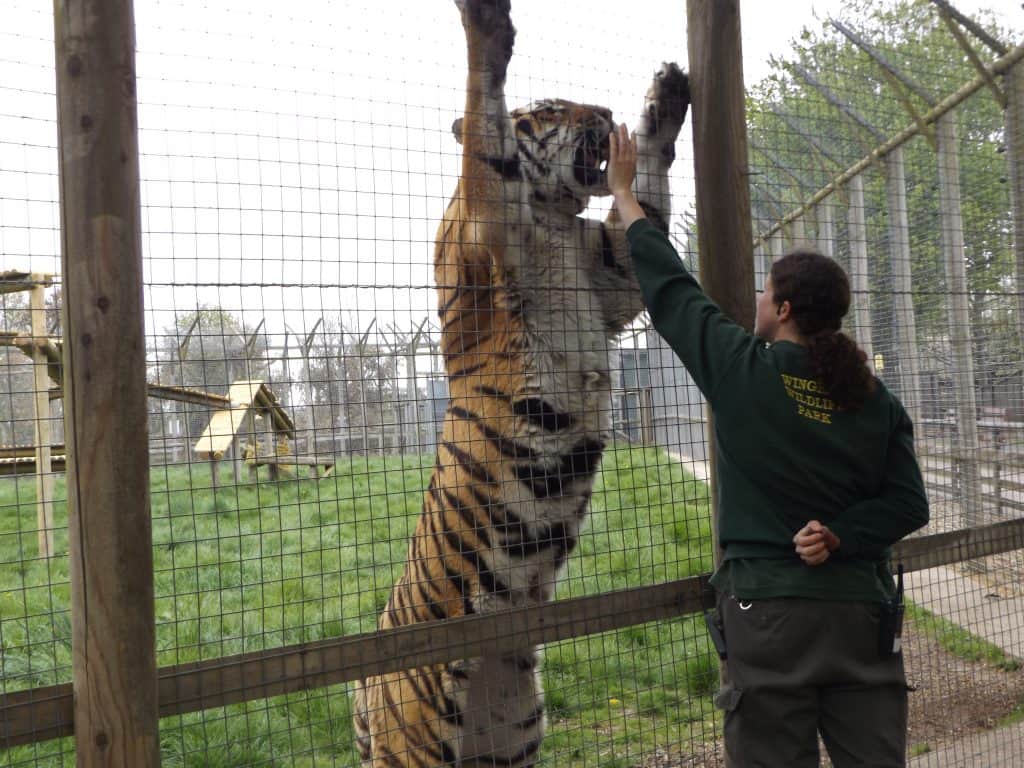
Behaviour
Behaviour looks at what the animal is doing. Is it behaving how it would in the wild? Is it performing any negative stereotypes/behaviours? consequently, how often is this behaviour occurring?
All four of these aspects contribute to an animal’s mental state. They can be sorted into two categories which are either positive experiences (playfulness, curiosity) or negative experiences (fearfulness, anger). Some of these points can be covered under more than one category. For example, a pool in a tiger enclosure can help cool down an animal, make it more comfortable and allow it to perform natural behaviour all at the same time.
Enrichment is crucial when it comes to welfare. This is an important part of our animal’s daily routine as it alleviates boredom, encourages exercise, natural behaviour or social interaction. The enrichment can be broken down into categories which include different scents, unusual sounds and tactile. All encourage the animal to use their senses to investigate the enrichment which keeps their minds and bodies active. Which is a positive experience and aids in their overall health and welfare.
